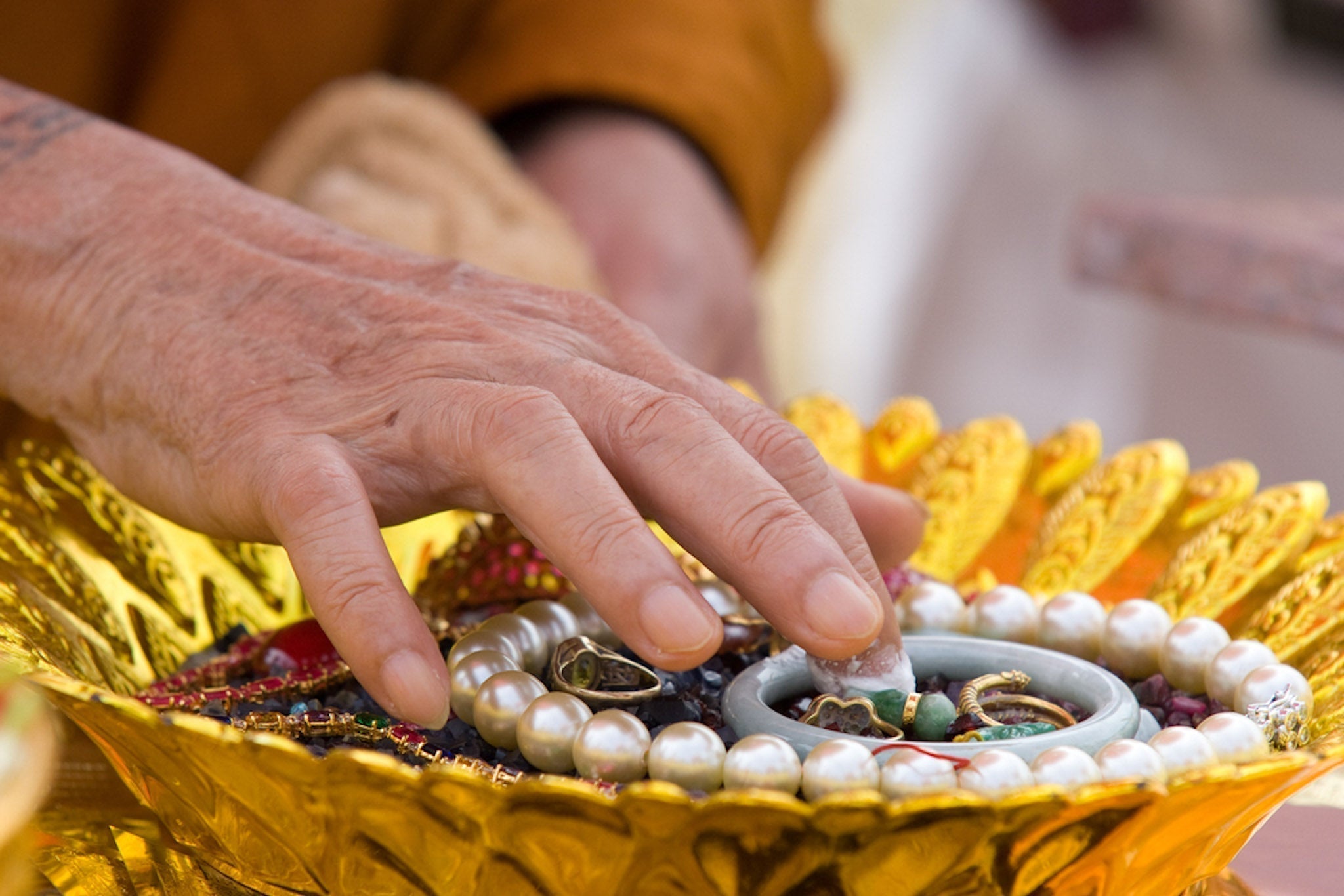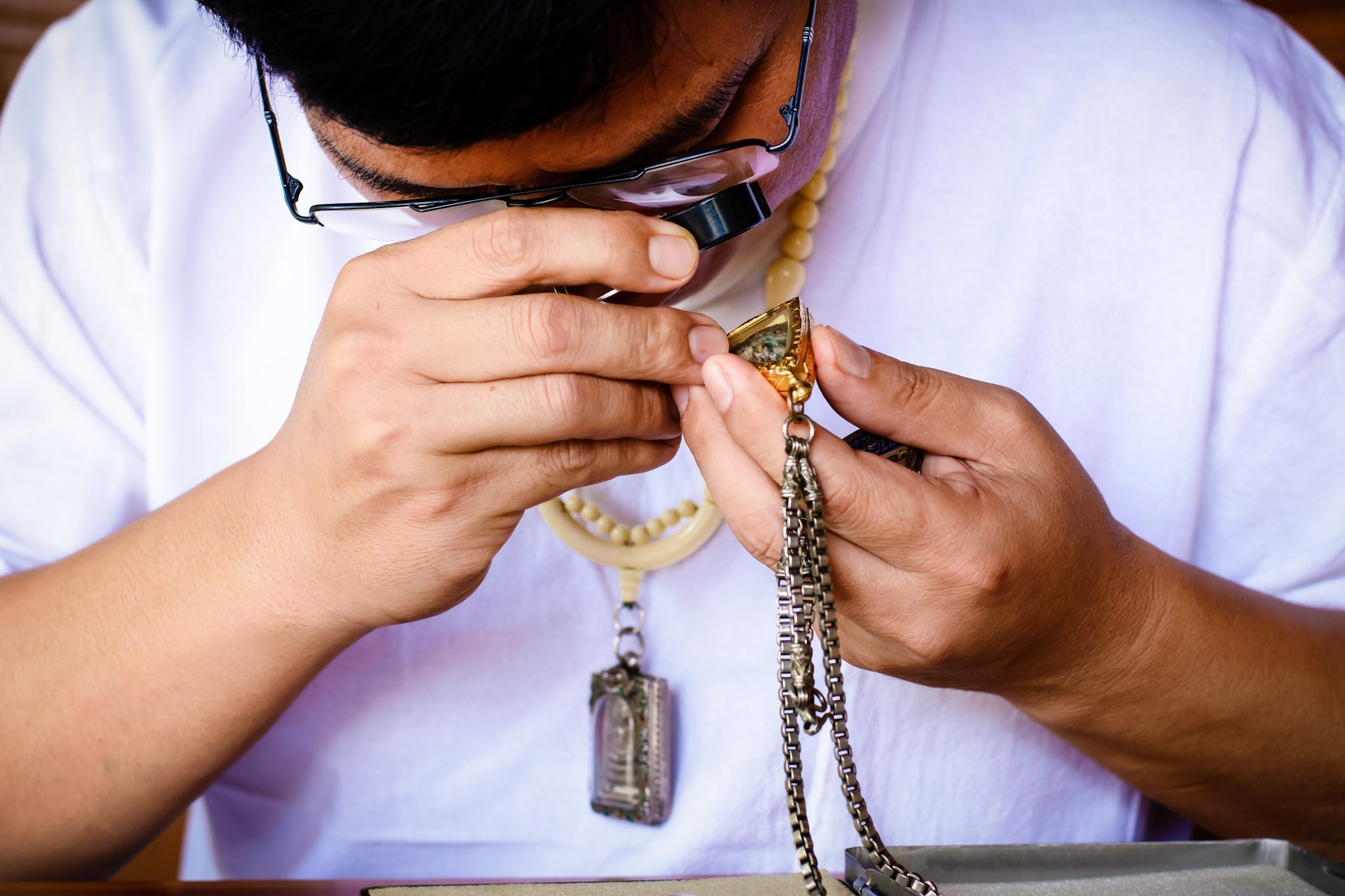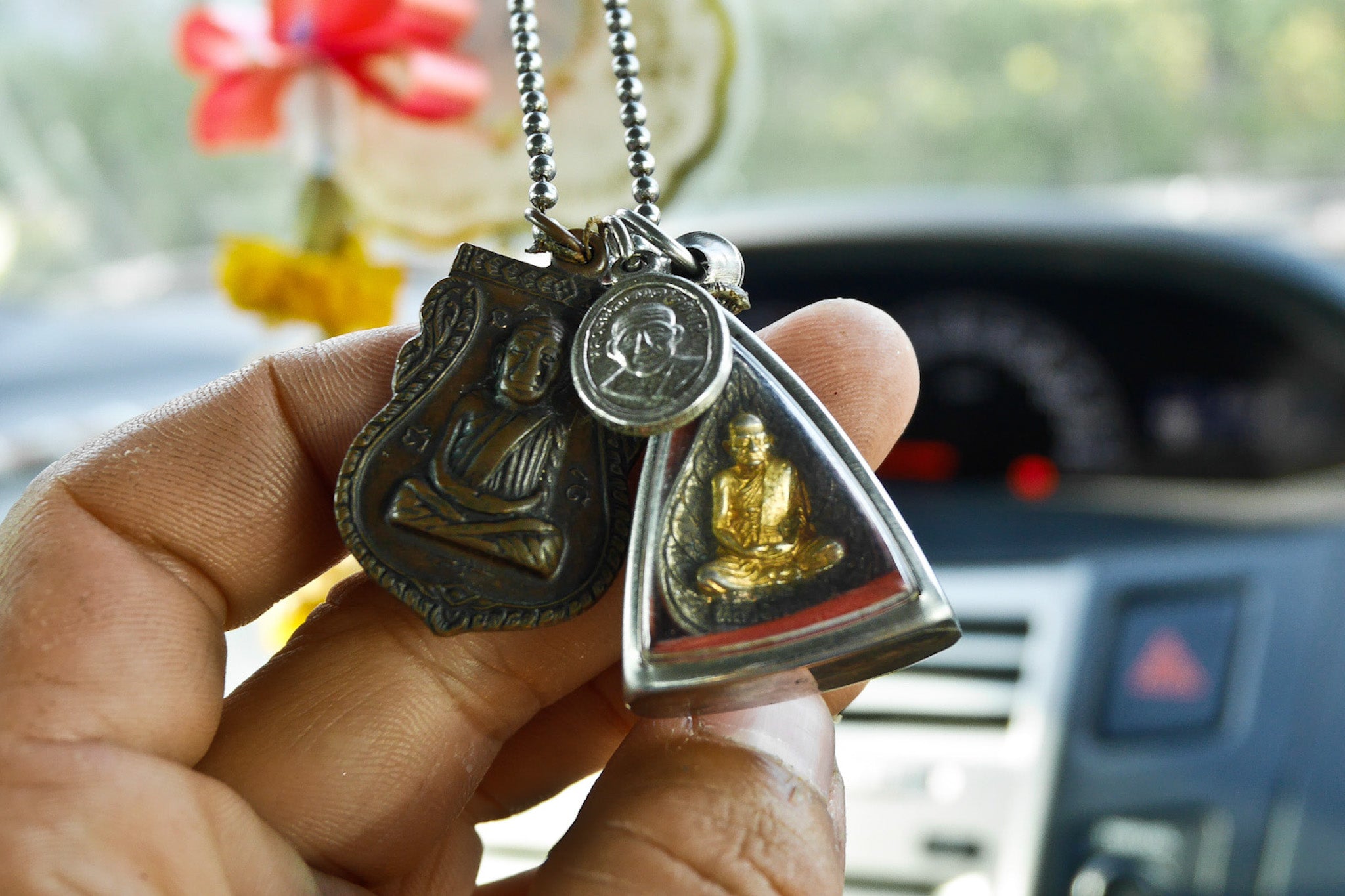
The Sacred Art of Empowerment: Understanding Thai Amulet Blessing Ceremonies
The Foundation of Sacred Empowerment
Within Thailand's temple complexes and samnaks (meditation centers or holy place), the consecration of amulets represents one of the most sophisticated ritual practices in contemporary Buddhism. These ceremonies, known collectively as blessing rituals, combine ancient Pali incantations, sacred materials, geometric symbolism, and intensive meditation practices to transform ordinary objects into spiritually charged talismans.
The duration and complexity of these rituals vary significantly across different monastic traditions. According to documented practices in the Thailand Amulet ritual compendium, blessing ceremonies may extend from single-day events to elaborate multi-week observances, with the length often determined by the specific temple's lineage, the type of amulet being consecrated, and the intended spiritual purpose.
The Mechanics of Sacred Transformation
The blessing process centers on the recitation of specific kata (incantations) that correspond to the desired spiritual qualities. Monks employ various categories of sacred chants, including Kata Akom for general protection, Yana Maha Udfor invulnerability, and specialized formulas tailored to specific purposes such as healing, prosperity, or spiritual attraction.
The theoretical framework underlying these practices suggests that focused intention, transmitted through sound vibration and ritual action, can alter the spiritual properties of physical objects. This process involves multiple sensory elements: the rhythmic chanting creates acoustic patterns believed to carry spiritual energy, while burning incense and sacred oils engage the olfactory dimension of the ceremony.
Sacred geometry plays a crucial role through the use of yantras, mystical diagrams that serve as focal points for meditation and energy concentration. These geometric patterns, often inscribed on the amulets themselves or displayed during ceremonies, are thought to channel and contain spiritual forces.
Material Components and Sacred Substances
The physical composition of blessed amulets involves carefully selected materials known as Muan Sarn. These sacred powders typically include temple earth that has absorbed years of chanted prayers, ashes from burned sacred texts, pollen from flowers offered to Buddha images, and various herbal components with traditional spiritual associations.
Takrut amulets exemplify the sophisticated integration of materials and blessing practices. These cylindrical talismans contain yantra inscribed metal foils bearing sacred inscriptions in Khom or Pali scripts. The creation process involves multiple ritual stages: the careful preparation of the metal surface, the precise inscription of sacred formulas, the rolling and sealing of the cylinder, and finally the consecration through fire and water elements before the extended chanting ceremonies begin.
The Ritual Environment
The physical setting of blessing ceremonies significantly influences their perceived efficacy. Temple courtyards during major blessing events become immersive ritual spaces where multiple sensory elements combine to create an atmosphere of sacred intensity. The air fills with the complex aromatics of sandalwood, lotus oil, and various incense blends, each selected for specific spiritual properties.
The auditory landscape includes the rhythmic striking of wooden moktak (percussion blocks), the unified chanting of assembled monks, and the subtle sounds of prayer beads and ritual implements. Visual elements include the display of golden yantra scrolls on temple walls, the arrangement of thousands of amulets on consecrated cloth, and the soft illumination of butter lamps and candles.
These environmental factors work together to create what anthropologists describe as a "total ritual experience" a carefully orchestrated sensory environment designed to focus collective intention and facilitate the transfer of spiritual energy into the objects being blessed.
Authenticity and Lineage Transmission
The concept of legitimate spiritual empowerment remains central to traditional Thai amulet culture. Academic studies examining the authentication of blessed objects consistently emphasize the importance of verified temple lineages and documented ritual practices. Research comparing mass produced talismans with traditionally blessed amulets suggests significant differences in both community acceptance and perceived spiritual efficacy.
Authentic blessing ceremonies require participation by monks who have received proper ordination and training in the specific ritual traditions. The lineage of these practices, the unbroken chain of transmission from teacher to student, is considered essential for maintaining the spiritual integrity of the blessing process.
This emphasis on lineage authenticity has practical implications for both practitioners and researchers. It creates a system of quality control that preserves traditional knowledge while distinguishing between commercially produced items and genuinely consecrated religious objects.
Contemporary Practice and Cultural Continuity
Modern blessing ceremonies demonstrate remarkable continuity with historical practices while adapting to contemporary circumstances. Large scale blessing events now accommodate thousands of participants and may incorporate modern sound systems and lighting, yet the core ritual elements remain consistent with centuries-old traditions.
The documentation and study of these practices has revealed their complexity and sophistication, challenging superficial characterizations of amulet blessing as simple folk magic. Instead, researchers have identified elaborate philosophical frameworks, precise ritual methodologies, and sophisticated understanding of psychological and spiritual processes.
Understanding Ritual Efficacy
The question of how blessing rituals "work" touches on fundamental issues in the study of religion and human consciousness. From a traditional Buddhist perspective, the effectiveness of these ceremonies depends on the purity of intention, the accuracy of ritual performance, and the spiritual development of the participating monks.
Contemporary academic approaches examine these practices through multiple lenses: anthropological studies focus on their social and cultural functions, psychological research investigates their effects on practitioners' mental states, and religious studies scholars analyze their theological foundations and historical development.
What remains consistent across different analytical approaches is the recognition that these rituals serve important functions for participants, whether understood in terms of spiritual empowerment, psychological comfort, cultural identity, or community bonding.
The blessing of Thai amulets thus represents more than a simple religious ceremony, it embodies a complex intersection of traditional knowledge, artistic craftsmanship, spiritual practice, and cultural preservation that continues to evolve while maintaining its essential character across generations.
Carry protection, meaning, and beauty with you, see our Thai amulet bracelets and find the piece that speaks to your journey.











